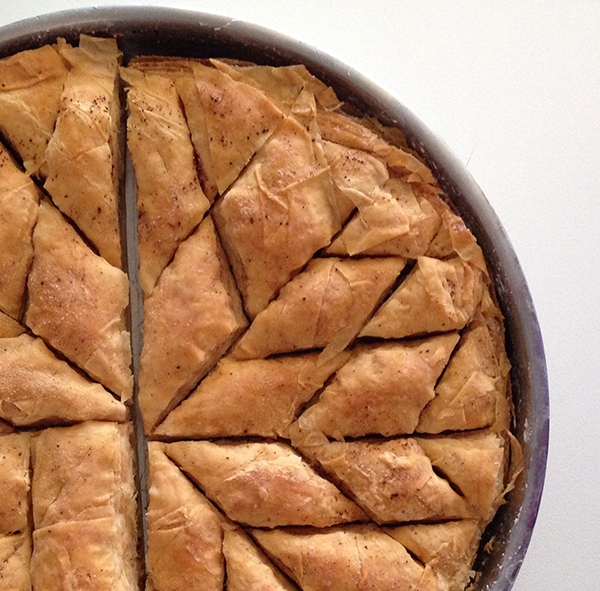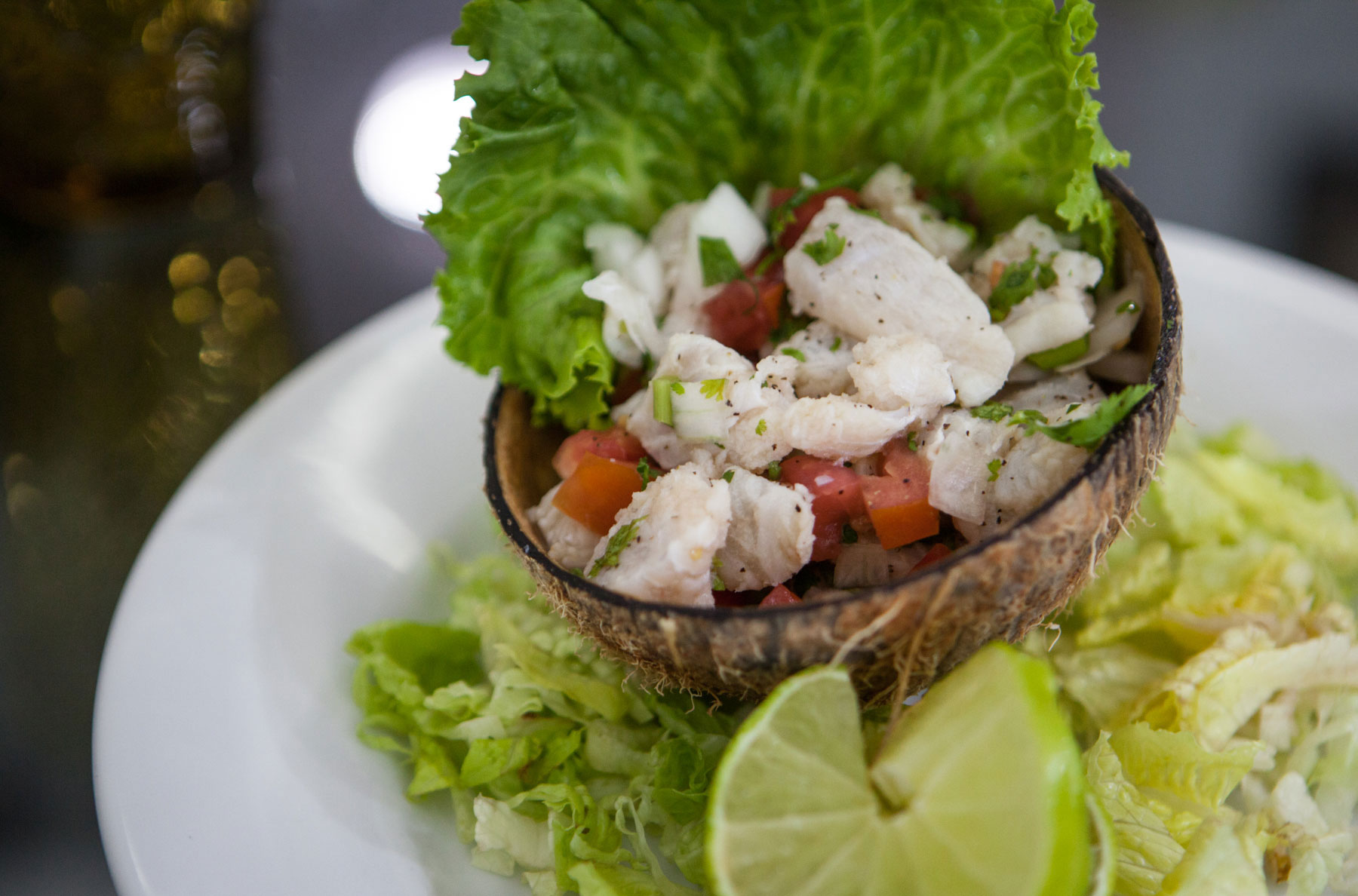Book an authentic cooking class in Addis Ababa with Daniel and Tigist and learn more about Ethiopian cuisine and culture!
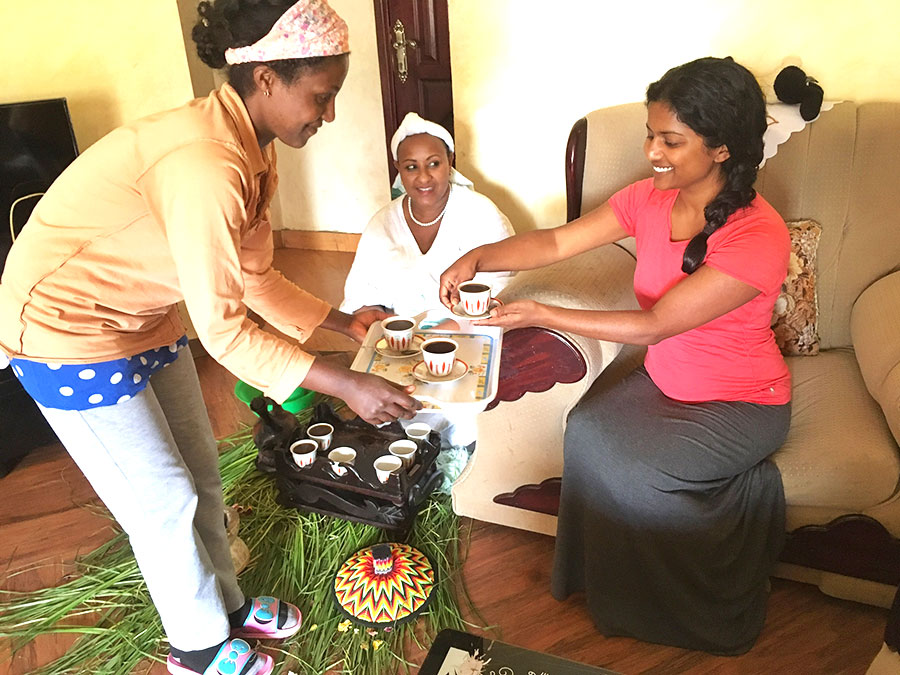
“You have to taste a culture to understand it.” As Deborah Cater correctly said, the best way to understand the culture of a place is through its food! Traveling Spoon gives you this opportunity to discover cultural and culinary traditions passed down through generations as you learn to cook with your host in their kitchen. We feel this is the best way to enrich your connection to a place, to interact with real people in their own private spaces. Cooking and sharing a meal together allows people to open up, share stories about themselves and learn from others – truly a cultural exchange!
An authentic cooking class in Addis Ababa with Daniel and Tigist will ensure that you get to meet a local family, learn to make traditional recipes, learn more about Ethiopian culture and share a meal together! The next time you’re in Addis Ababa, join your host Daniel and Tigist for a hands-on cooking class in their home. During this 45 minute class, Tigist will show you how to make a traditional Ethiopian dish as well as how to pour and cook the perfect injera, a traditional fermented bread that is served with a variety of other savory Ethiopian dishes on top of it. You will also learn to roast coffee beans and enjoy a traditional coffee ceremony after your meal, as Ethiopia is the birth place of coffee!
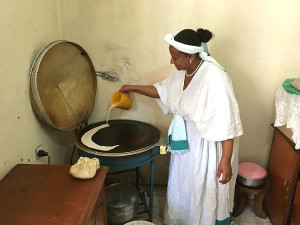
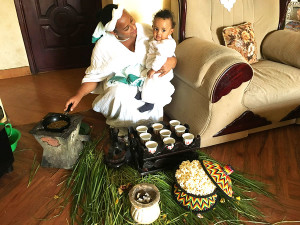
Ethiopian cuisine is comprised of a variety of spices in its wots (stews) and tibs (curry), making the cuisine hot and piquant. You will eat as Ethiopians do, from communal plates lined with injera, a traditional fermented bread. Injera acts like an edible plate with other dishes served on top of it. The juices soak into the injera, which diners tear off into morsels to eat and even feed each other in a gesture called gursha that is meant to strengthen bonds. Your meal will be served family style with injera served alongside an assortment of meat, fish, vegetables and lentils. You will sit around the injera and enjoy your meal from one single platter.

We couldn’t agree more with Kristina and Peter, who took an authentic cooking class in Addis Ababa in July, when they said, “We have travelled a lot and to be received and hosted in the way Daniel did towards our family is truly rare. We had the chance to really experience authentic Ethiopia thanks to his family”. Travelers Subhanu and Chetan shared, “The food was fresh and delicious. We’d eaten a week’s worth of injera at many restaurants, including top rated trip advisor restaurants, and the flavor and freshness at Daniel’s home was better than anything else, especially for the vegetable dishes.”
An authentic cooking class in Addis Ababa with Daniel and Tigist is a unique opportunity to learn more about Ethiopia’s history and culture from two warm locals while experiencing authentic Ethiopian cuisine and traditions. Book an authentic cooking class in Addis Ababa with Daniel and Tigist and you will not only leave with a full stomach, but also with some great memories and recipes to share with your loved ones back home!
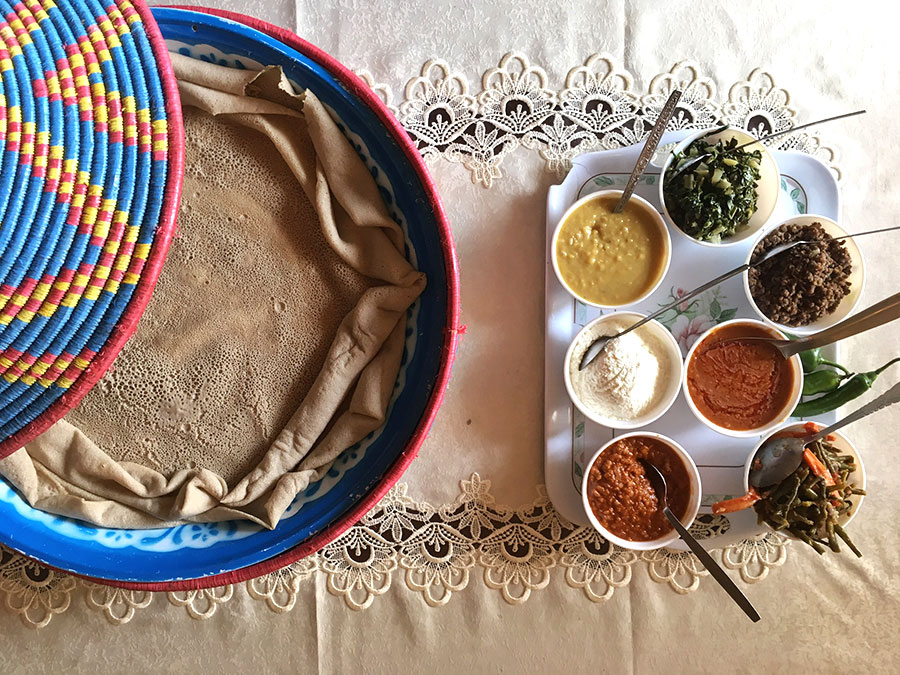
Here is a simple recipe from Daniel and Tigist’s kitchen that will help you prepare the perfect soft, spongy injera!
Simple and delicious recipe for Injera (Ethiopian flatbread):
Ingredients:
-
• 2 cups of of teff flour (a very fine cereal grown in Ethiopia)
• 3 cups of water
• 1/8 teaspoon active dry yeast
Method:
1. Mix teff flour with water and yeast and let it rest for 4 days. Loosely cover the bowls with plastic wrap or a cheesecloth and let sit at room temperature until the mixture is bubbly. It should be sour to the taste, like a tangy yogurt.
2. Bring 1 cup of water to a boil in a small saucepan. Scoop 1/2 cup of the fermented teff batter and stir it into the boiling water until the mixture is thickened.
3. Stir the cooked/thickened batter back into the original mixture. Add some water (if needed) to the batter to create roughly the consistency of crepe batter.
4. Spread a thin layer of injera batter in a non-stick pan (or a traditional clay injera plate, if using) and cook on medium heat. It should be thicker than making a crepe but not as thick as a pancake.
5. Continue to cook – bubbles will form, allow them to pop. Then cover the pan with a lid and turn off the heat to let it steam cook for a couple more minutes or until cooked through.
In the countryside traditionally a clay plate is placed over a fire to make injera. However, in cities today a specialized electric injera stove is typically used. A simple non-stick pan on the stove also works well.
Check out host Daniel and Tigist’s profile and be sure to book an authentic cooking class with them next time you are in Addis Ababa, Ethiopia.


